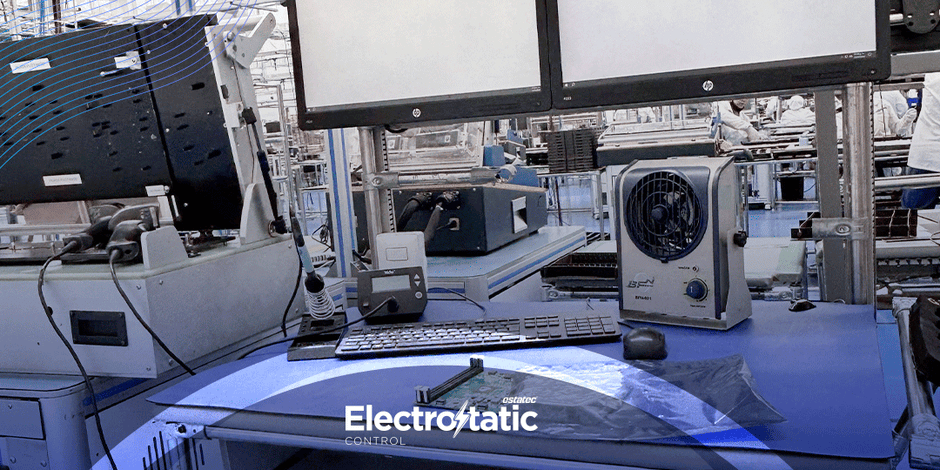Electrostatic discharge (ESD) poses a significant risk in various industries,
particularly those involving sensitive electronic components, pharmaceuticals, and
explosive materials. ESD shoes are a critical component of personal protective
equipment designed to mitigate this risk. Traditionally, these shoes have focused on
basic functionality preventing the buildup and discharge of static electricity. However, recent technological advancements are transforming ESD footwear, enhancing not only safety but also comfort and overall user experience.
Historically, ESD shoes were primarily designed to provide a conductive path from
the body to the ground, thus preventing static electricity from accumulating on a
person’s body and causing damage to sensitive electronic components. While
effective, early models were bulky and uncomfortable, which could reduce
compliance among workers.
Today’s innovations in Estashoes focus on integrating advanced materials and
design techniques to improve both performance and comfort. This evolution is driven by the growing recognition of the importance of ergonomics in workplace safety.
Uncomfortable protective gear can lead to reduced compliance and increased risk,
so enhancing comfort is not merely a matter of luxury but a critical component of
effective safety measures.
One of the most significant advancements in ESD shoe technology is the
incorporation of new materials. Carbon nanotubes and conductive polymers are at
the forefront of this development. Carbon nanotubes are particularly effective due to their excellent electrical conductivity and mechanical strength. When integrated into shoe soles, these materials provide a reliable path for static electricity to dissipate while maintaining flexibility and durability.
Conductive polymers offer another exciting avenue for innovation. These materials
can be engineered to offer precise control over electrical conductivity, enabling
manufacturers to create shoes that not only dissipate static electricity but also offer
enhanced comfort and support. Conductive polymers can be molded into various
shapes and combined with other materials to create multi-functional soles that
address a range of ergonomic needs.
Modern ESD shoes are designed with a keen eye on ergonomics. Features such as
cushioned insoles, arch support, and breathable fabrics are increasingly common.
These elements help reduce foot fatigue and improve overall comfort, making it
easier for workers to wear the shoes for extended periods.
Aesthetic design has also seen considerable improvements. Gone are the days
when ESD shoes were clunky and unattractive. Contemporary designs incorporate
sleek, modern aesthetics that make them look more like regular athletic or casual
shoes. This not only enhances worker satisfaction but also encourages compliance
with ESD protocols.
The advent of smart technology is making its way into ESD footwear, bringing a new level of functionality and safety. Smart ESD shoes are equipped with sensors and microchips that monitor the electrical resistance of the shoes and the wearer. These shoes can provide real-time feedback and alerts if the shoes are no longer effective at dissipating static electricity, ensuring immediate action can be taken to replace them.
Moreover, some smart ESD shoes are designed to connect with workplace safety
systems, providing data that can be used to monitor compliance and identify
potential issues before they lead to costly failures. This integration of IoT (Internet of
Things) technology represents a significant leap forward in proactive workplace
safety management.
Sustainability is another area where ESD shoe technology is making strides.
Manufacturers are increasingly aware of the environmental impact of their products
and are seeking ways to reduce their carbon footprint. This includes using recycled
materials in shoe production and developing biodegradable alternatives for certain
components.
Some companies are experimenting with biodegradable polymers that maintain the
necessary conductive properties while reducing environmental impact. Others are
focusing on creating more durable shoes that last longer, thereby reducing waste
and the need for frequent replacements.
The future of ESD footwear looks promising, with ongoing innovations aimed at
enhancing both safety and comfort. The integration of advanced materials like
carbon nanotubes and conductive polymers, along with ergonomic and aesthetic
improvements, is setting new standards in the industry. The incorporation of smart
technology offers unprecedented levels of safety and monitoring, while sustainable
practices reflect a growing commitment.









